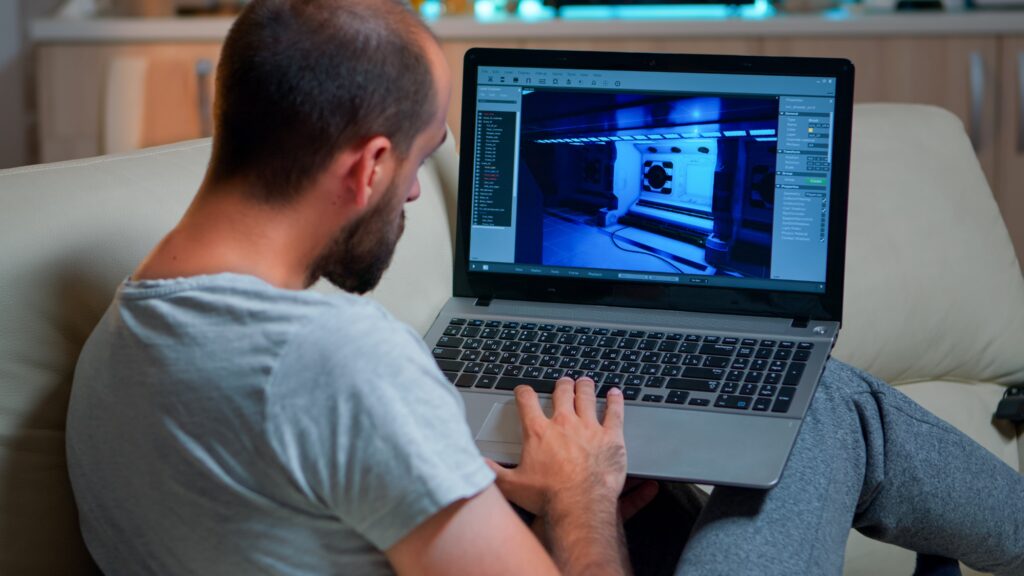Traditional Animation
Traditional animation, also known as cel animation, involves hand-drawing each frame to create the illusion of movement. This labor-intensive process was the cornerstone of early animated films and laid the foundation for the industry’s growth.
Stop-Motion Animation
Stop-motion animation brings inanimate objects to life by capturing a series of frames with slight movements between each shot. Films like “The Nightmare Before Christmas” and “Wallace and Gromit” showcase the charm and creativity of this technique.
Computer-Generated Imagery (CGI)
CGI has revolutionized animation by allowing artists to create intricate and lifelike visuals using specialized software. From Pixar’s “Toy Story” to Disney’s “Frozen,” CGI has become a staple in modern animation, offering endless possibilities for storytelling.
Motion Capture
Motion capture technology records the movements of actors and translates them into animated characters, providing a level of realism and expressiveness that traditional animation techniques may struggle to achieve. This technique has been instrumental in creating believable characters in blockbuster films like “Avatar.”
Virtual Reality (VR) Animation
VR animation immerses viewers in interactive and immersive 3D environments, blurring the boundaries between the physical and digital worlds. Companies like Oculus and HTC Vive are pushing the boundaries of storytelling through VR experiences.
Augmented Reality (AR) Animation
AR animation overlays digital elements in the real world, enhancing user experiences through smartphone apps and smart glasses. Popular applications like Snapchat and Pokemon Go have showcased the potential of AR to engage audiences in new and innovative ways.
3D Printing in Animation
3D printing has transformed the animation industry by allowing artists to bring digital creations into the physical realm. This technology enables animators to create custom characters, props, and sets with precision and detail, adding a tactile element to the creative process.
Artificial Intelligence (AI) in Animation
AI is revolutionizing animation by streamlining production processes and enhancing creative capabilities. AI-powered tools can assist with tasks like character animation, scene generation, and predictive analytics, empowering animators to focus more on storytelling.
Interactive Animation
Interactive animation engages viewers by allowing them to participate in the storytelling process. Platforms like Netflix’s interactive content and video games with branching narratives offer audiences a personalized and immersive experience.
The Future of Animation Techniques
As technology continues to evolve, the future of animation techniques holds exciting possibilities. Innovations like real-time rendering, machine learning, and blockchain technology are poised to reshape the animation landscape, offering new avenues for creativity and storytelling.
Conclusion
With a blend of traditional artistry and cutting-edge technology, animators today have a vast array of tools at their disposal to create captivating and immersive storytelling experiences.
The dynamic evolution of animation techniques continues to push the boundaries of creativity, inspiring artists to explore new horizons and redefine the art form.
Key Takeaways:
- Animation has evolved from traditional techniques to cutting-edge technologies revolutionizing the industry.
- Technologies like CGI, motion capture, and VR have opened up new avenues for storytelling and creative expression.
- Future animation techniques promise exciting possibilities with innovations such as real-time rendering, machine learning, and blockchain.
- Aspiring animators can enhance their skills with the NYU Animation Industry Essentials online course and certificate program offered by Yellowbrick.








